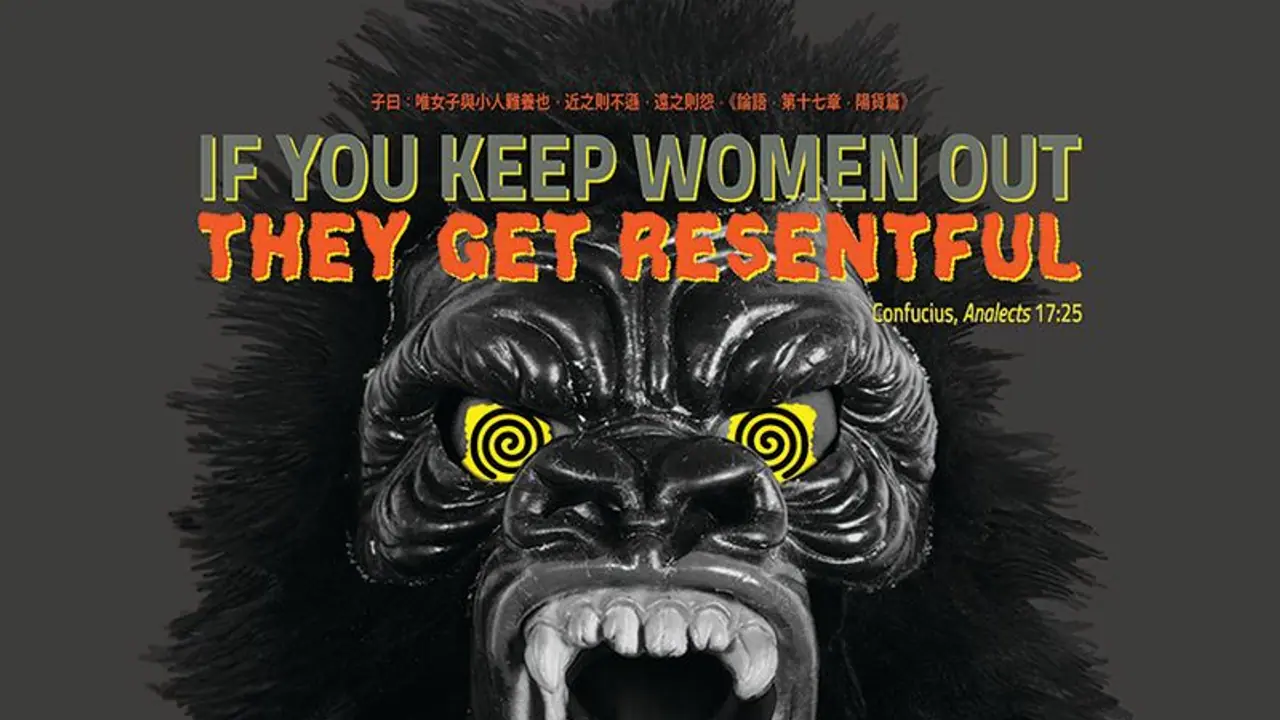While Friday will see frilly girls about the usual party circuits elsewhere, the revolutionary little town of Kochi will be witness to the very fierce and famous Guerrilla Girls collective with their claws out against chauvinism in art.
The Cabral Yard at the Kochi Muziris Biennale, which is buzzing with top international and Indian artists and some radical works, will see in performance by the feminist activist artist group that has won the world with its work in protest and resistance.
The Girls, who remain anonymous about their individual identities, have never been more relevant than now, in the #metoo context, even as they first broke out back in the 80s in America to protest against discrimination in art. ‘Do women have to be naked to get into the Met.Museum?’ reads one of their works at the Tate Modern in London.

“Less than 5% of the artists in the Modern Art Sections are women, but 85% of the nudes are female,” argue the members, as we draw a similar situation closer home where women as subjects and muses drastically outnumber the number of women professionals in the creative industry through the ages.

It’s the Girls’ aggressive, graffiti-sque style in performance, with gorilla masks and wheat paste, which make them distinctly powerful in the sea of pretty-faced, drawing room artworks. This time, the Kochi Biennale goes as far as to make sure that 50% of their artists are female [a first globally], as are the behind-the-scenes workers, led herself by the acclaimed festival’s first ever female curator—Anita Dube. Her message is clear and inclusive—artists only set the rhythm for a larger movement that must take momentum and empower women in every way. “My vision for the Biennale can only be actualised with the active participation of the public,” she reiterates.
The Kochi-Muziris Biennale, beginning today, features 95 artist projects and ‘infra-projects’, a model that was non-existent in the previous three editions of India’s largest contemporary art event.
